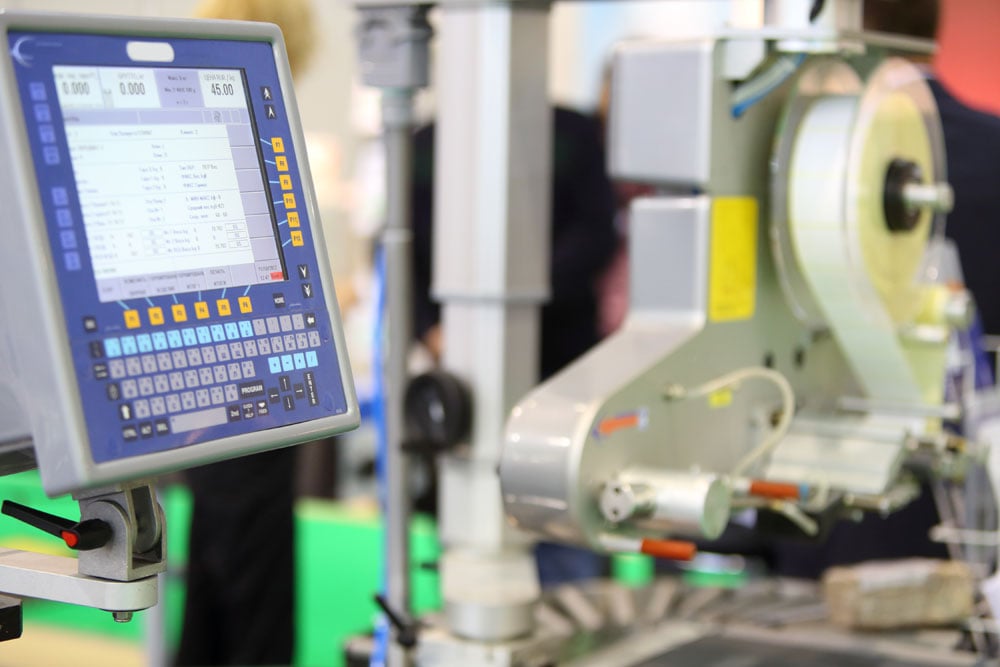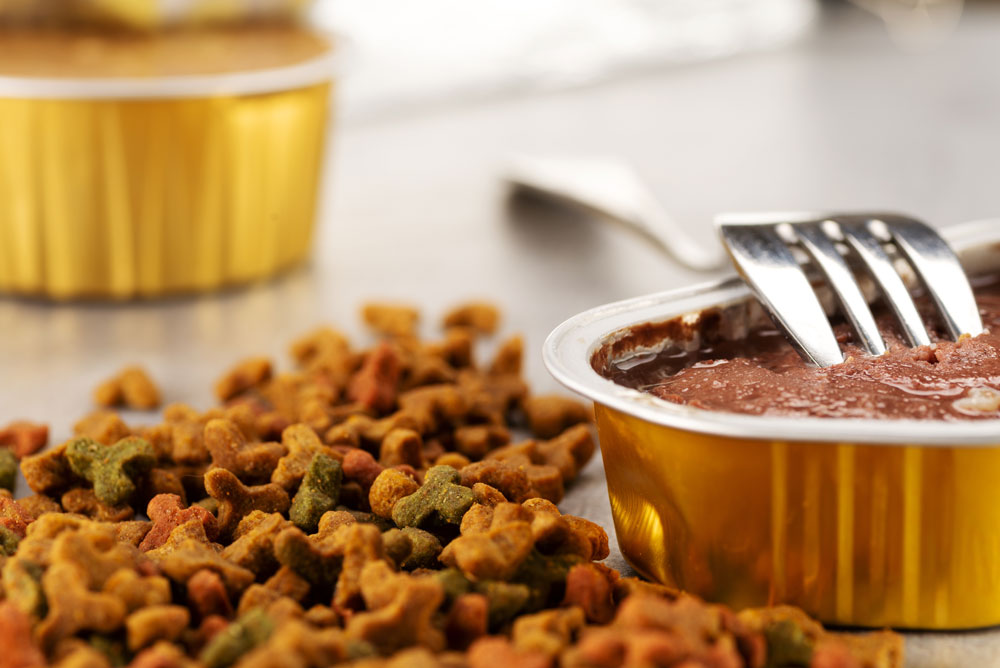The food industry is one industry that is held to extremely high standards. Food safety is paramount; without it, the risk of foodborne illness increases exponentially. To help reduce this risk, the FDA created a set of guidelines called good manufacturing practices (GMPs). The guidelines apply to every food and beverage business, though they vary depending on the food produced. Continue reading to learn more about these guidelines and some examples.
WHAT ARE GOOD MANUFACTURING PRACTICES?
Food manufacturing practices are guidelines and procedures designed to help ensure the safety and quality of food, cosmetics, and pharmaceutical goods. The first official GMPs were developed in the 1960s by the World Health Organization (WHO) and the Food and Agriculture Organization (FAO). It was in the 1970s that the U.S. Food and Drug Administration (FDA) developed its own set, and it has continued to evolve and grow as new technology and advancements emerge.
The guidelines address every aspect of the manufacturing process: receiving, storage, processing, handling, and shipping. The goal of GMPs is to maintain the integrity of products by using the appropriate operating procedures to ensure that the highest standards are met at every step of the process. Some specific issues they address include personnel qualifications, sanitation and cleanliness, equipment verification, and more. GMPs are sometimes referred to as cGMPs, with the "c" denoting "current" Good Manufacturing Practices.
While the FDA creates general GMPs, companies must create their own customized plans that are specific to their needs.
WHY SHOULD FACILITIES USE GMP?
GMPs are essential to the food industry and the production of safe food. Companies and facilities should implement GMP plans.
Good manufacturing practices are an essential part of running a safe food facility. They are also important for:
Food Safety
GMPs help to ensure that food products are free from contamination that could harm or cause a person to become ill. This includes harmful bacteria, viruses, chemicals, or foreign objects like plastic.
Food Quality
Companies that follow GMPs will have clean, sanitary facilities and specified manufacturing processes that help to ensure the quality of the foods produced.
Legal Obligations
Companies must abide by many food safety laws to operate legally. GMPs can help ensure they meet the requirements. Some laws, like the Food Safety Modernization Act (FSMA), also incorporate GMPs. Failure to meet legal obligations can result in fines, closure, and other legal issues.
Customer Confidence
Companies that follow GMPs are more likely to gain consumers' trust. They will see that the company cares for their safety and is dedicated to creating quality products, which can make them more likely to become repeat customers.
Reduced Waste
GMPs create a clearly defined process, so workers are less likely to make mistakes that result in product waste.
Increased Efficiency and Profits
While GMPs will reduce waste, they also increase efficiency as the facility layout will allow for better flow. This, in turn, means the company will increase its profits.
CURRENT GOOD MANUFACTURING PRACTICES
There are many good manufacturing practices in the food industry. They can be broken into the following categories:
Facility Guidelines

One of the first areas of good manufacturing practices in the food industry is facility guidelines, which are concerned with the setup of the facility and the surrounding area. It includes everything from the walls and floors of the facility to the equipment and utensils used:
- Walls should be smooth, non-toxic, easy to clean, and impervious to water and other substances.
- Walls should be free from cracks or holes that can provide an entry point for pests.
- Floors must have adequate drainage and be smooth, clean, and free from cracks, holes, or other damage.
- Drains must have traps and drain covers and be well maintained.
- There should be no signs of pests in the area surrounding the building.
- There should be adequate hand washing stations within the facility for employee use.
- Equipment should be food-grade and made with smooth, impermeable, and corrosion-resistant materials.
- Equipment installation to allow easy access to all sides for cleaning and inspections.
- All equipment should be cleaned and sanitized appropriately.
Cleaning and Sanitizing
Cleaning and sanitization are two of the most essential aspects of current good manufacturing practices. These GMPs help ensure the reduction of the risk of bacteria contamination and are concerned with general cleaning and sanitation, and employee health and hygiene:
- Food contact surfaces should be cleaned frequently to prevent contamination.
- Once portable equipment and utensils have been cleaned and sanitized, they should be stored somewhere to protect them from potential contamination.
- The appropriate cleaning and sanitizing agents will be used.
- Employees who appear or have been medically declared sick should not be allowed to work to avoid the risk of contaminating any step within the production line. Similarly, any employee with visible open lesions, including boils, sores, or infected wounds, should not work until the wound has healed and the risk of contamination is gone.
- All employees should report illness or wounds to their supervisors.
- All employees should wear the appropriate, clean outer garments in the production area, including boots or shoe covers, hairnets, beard covers, etc.
- Wash hands thoroughly and sanitize as necessary, including:
-
-
- Entering food handling areas
- After every visit to the bathroom
- After using a tissue
- After smoking, chewing, eating, or drinking
- After handling any fallen products or other unsanitary or contaminated materials.
-
- Employees should remove any unsecured jewelry.
- Employees should use gloves in the production area.
-
- Gloves should be impermeable and not allow water, oils, or other substances to be absorbed or pass through.
- Employees should replace gloves when they are soiled.
-
Education and Training

Employees are critical to the function of the facility. It is vital they have the necessary training to ensure their safety and that of everyone else, as well as the food products:
- All personnel responsible for identifying sanitation issues and contamination must have education, experience, or a combination of the two to ensure their competency.
- Food handlers and supervisors must receive the proper training in food handling techniques and food protection principles. They should also be aware of the dangers of poor personal hygiene and other unsanitary practices.
- There should be written and customized GMPs for the plant.
- Employees must review the facility's GMPs regularly.
- Employees must receive formal training.
- Supervisors must monitor activity to ensure employees understand and follow the GMPs.
GMPS FOR A BETTER FOOD INDUSTRY
Without food safety laws and GMPs, the food industry would have many more issues with contaminated products. These guidelines are essential to creating a safe industry that focuses on creating clean, sanitary facilities to ensure the product of safe food for consumers. The GMPs above are just some of the many that exist; there are hundreds more specific to different food products and services within the industry.


